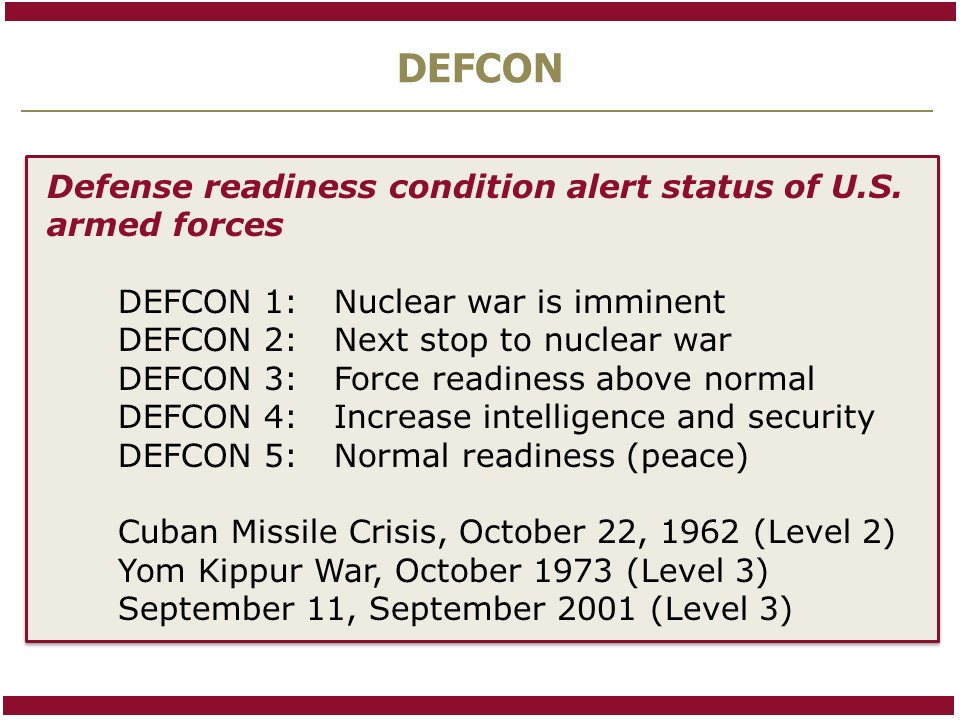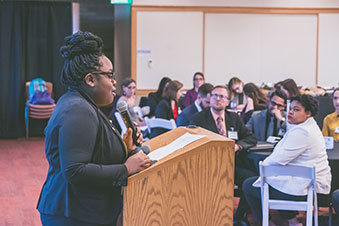Russia Threatens Nuclear War Again
In 2015, a year after Russia seized the Crimea, President Vladimir Putin announced in a television production celebrating the annexation that he was prepared to raise the alert status of his nuclear forces if there was a military reaction from the West.
Hence, his actions in 2022 are not new or a surprise. The Crimea action was a fait accompli. The West and specifically the U.S. took no military action. Now, however, Europe, the U.S., NATO and the numerous democratic states in the world are protesting the Ukraine invasion in real time. Many European states are supplying lethal arms to Ukraine defenders, which is unnerving for an anxious autocrat who wants a quick win.
The Biden administration’s response to Putin’s nuclear saber rattling is to excoriate it as mostly “unprovoked escalation” and “manufactured threats” and state that America’s deterrent is always at a high alert level.
DEFCON
If the U.S. actually believed nuclear weapons were to be used in a region or worldwide, it would raise its alert status, which, along with greatly alarming world leaders and the public, would change the movement and preparation of submarines and bombers.
On three occasions the U.S. alert status; i.e., DEFCON (Defense Readiness Condition), has been raised. The closest moment to nuclear war was in the tense days of the Cuban Missile Crisis of 1962 when President Kennedy and Premier Khrushchev faced off over Cuba, President Nixon raised the status in the Yom Kippur War in 1973, and President George W. Bush put the U.S. at DEFCON 3 after 9-11.
Read Ciruli's The Buzz: Nuclear Weapons and the Kremlin



